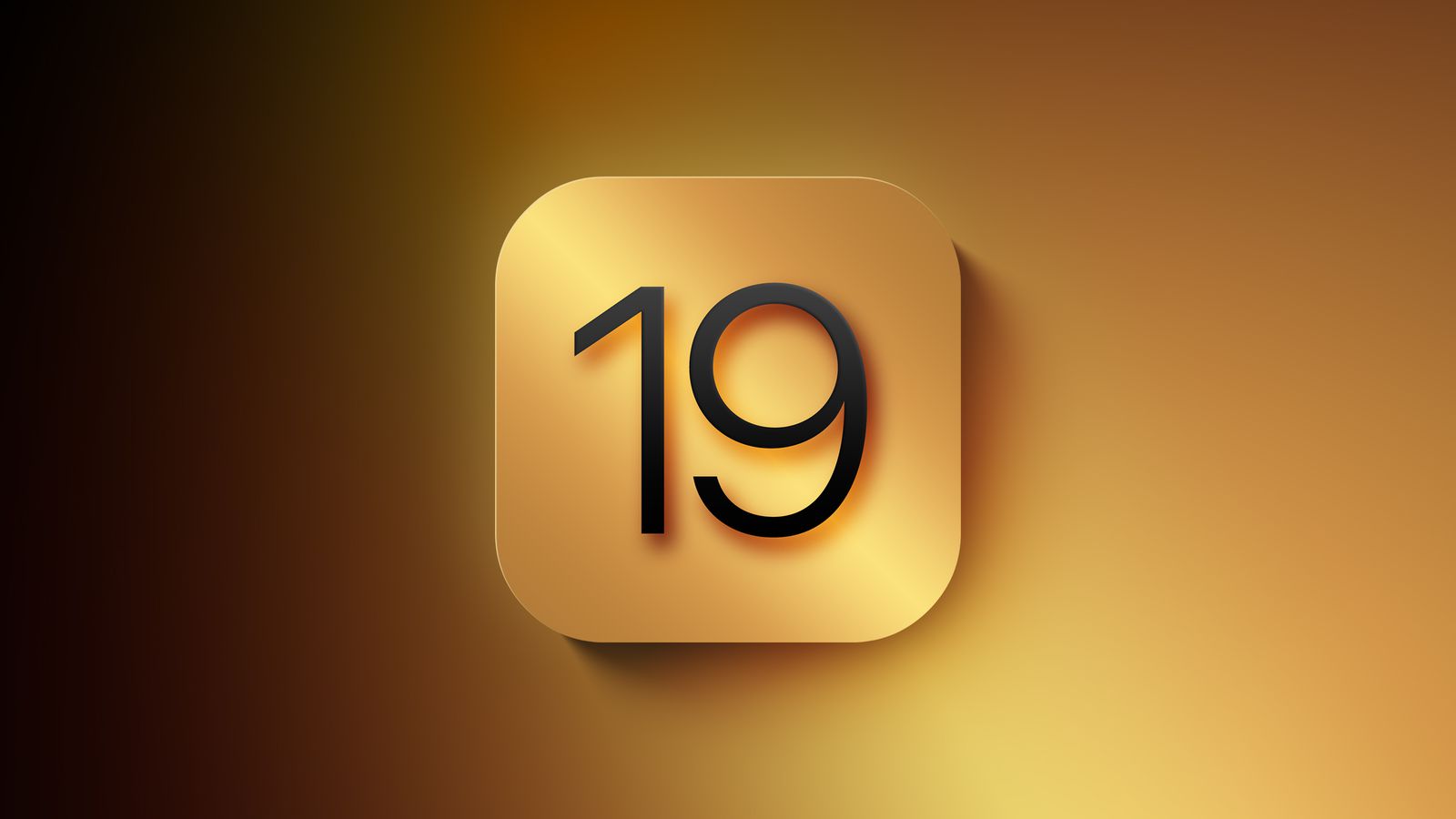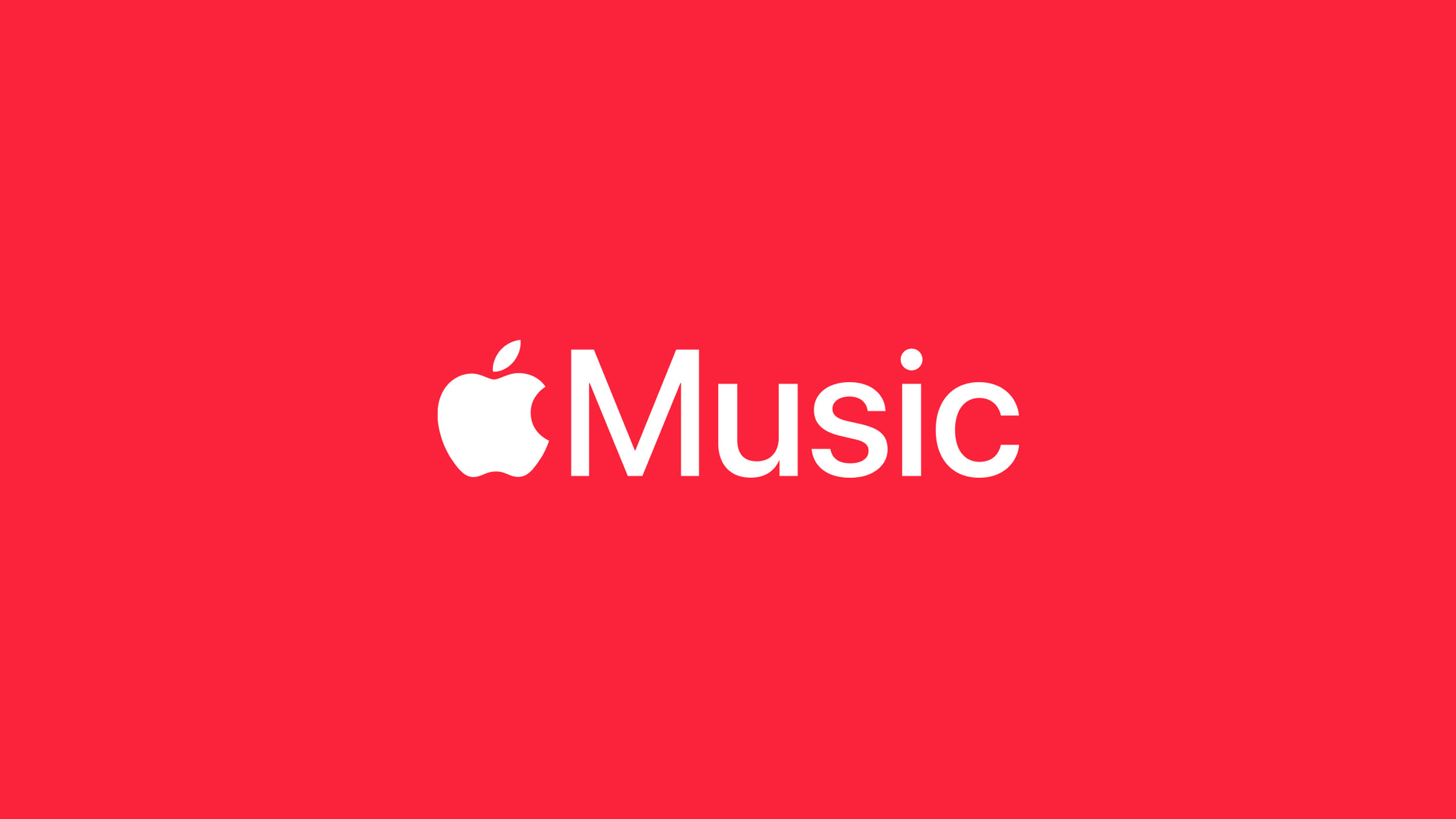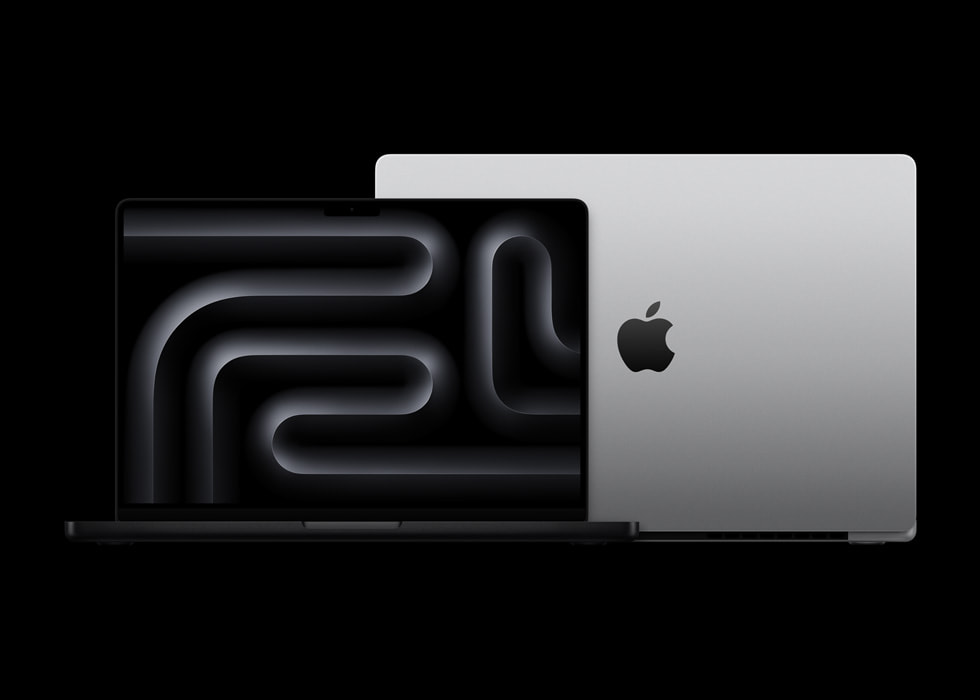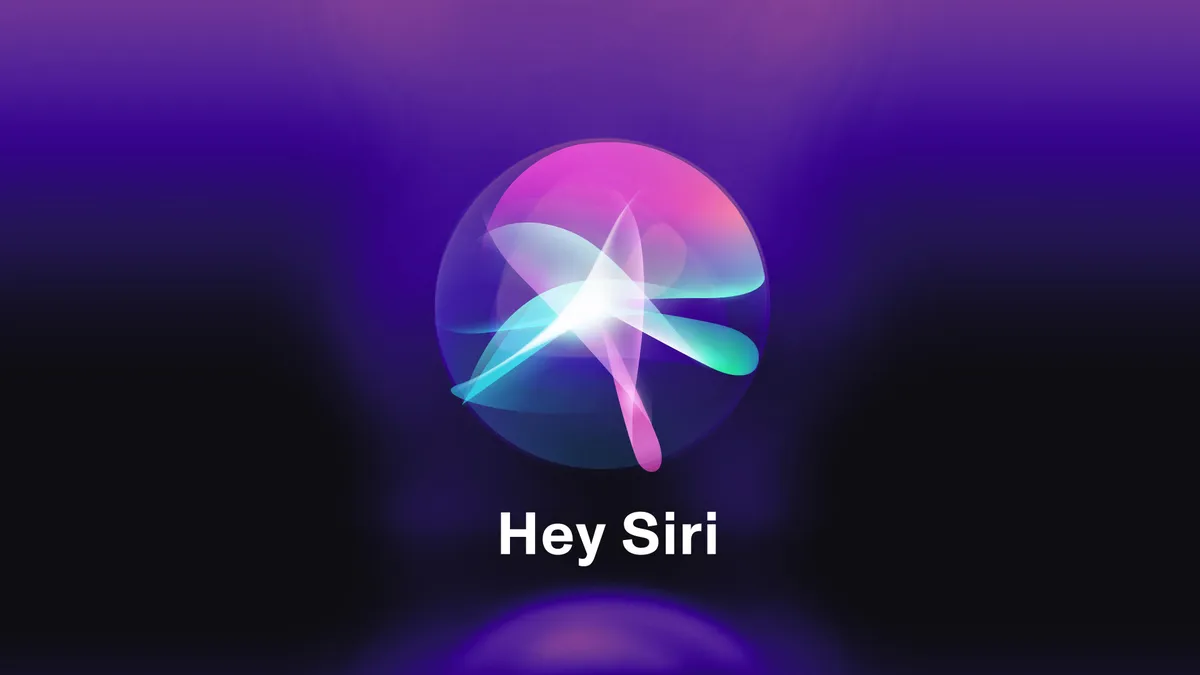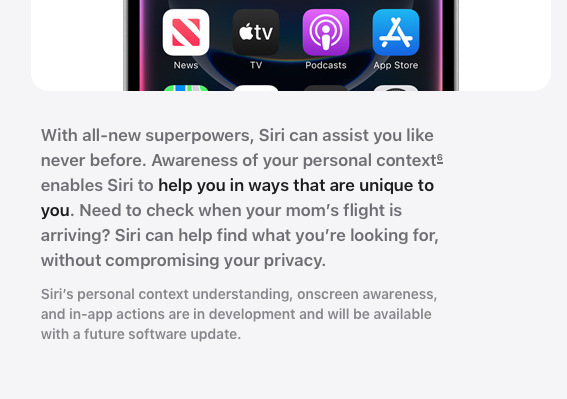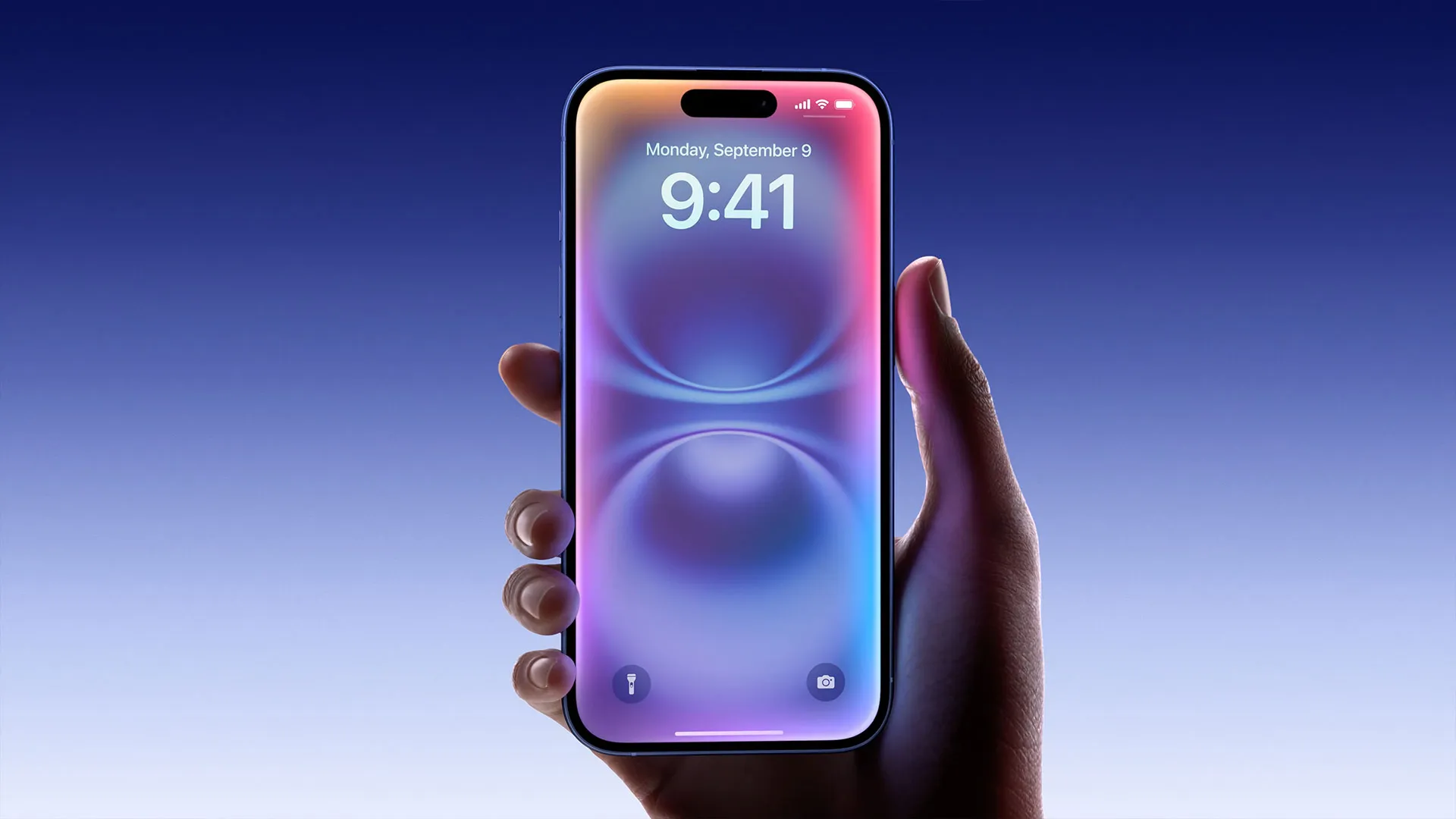Apple is said to be working on a major iOS 19 update that could bring the biggest look change to the iPhone in over ten years. This is a daring step for Apple, and while it comes with some risks, it might just turn out to be a smart move.
Why Changing iOS 19 Is a Big Deal
The last time Apple gave the iPhone a huge software facelift was with iOS 7, back in 2013. That’s a long stretch 12 years without a major refresh. When iOS 7 came out, people were thrilled with its sleek, modern vibe. But not everyone loved it. Some felt the new style, led by designer Jony Ive, looked cool but wasn’t practical—think hard-to-read text or tricky buttons.
Since then, Apple has played it safe, avoiding big redesigns. Why? Probably because so many people—billions now—use iPhones every day. With such a huge crowd depending on it, any misstep could upset users and hurt Apple’s image.
Risks of a New Look
Today, Apple is a giant compared to 2013, with way more iPhone fans worldwide. These users count on their phones for everything. So, if iOS 19 feels confusing or annoying, it could spell trouble for Apple’s reputation—and its profits. I’m excited about a fresh design, but I bet plenty of users might feel uneasy hearing about such a shake-up.
Why It’s Worth a Shot
Still, there are good reasons to take this chance. For one, a shiny new iOS could steal the spotlight from Apple’s struggles with Siri and AI tech. A bold redesign might grab attention—especially from younger users who care more about a cool look than fancy AI tools. Plus, there’s a bigger point: if Apple stops updating how iOS looks and works, it risks falling behind. Sure, they add new features yearly, but tweaking the core design is different.
No system is flawless, and Apple needs to keep iOS fresh to stay ahead, even if it means a big leap. I used to think huge redesigns like iOS 7 were a thing of the past—small updates seemed safer. But if rumors are right, Apple’s ready to go all in with iOS 19. After years of the same old style, maybe it’s time for a change.
